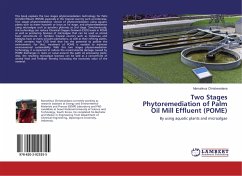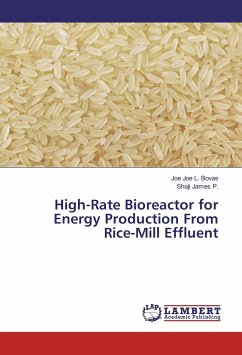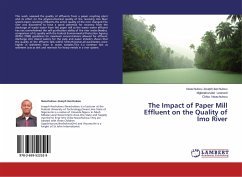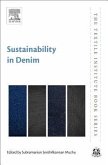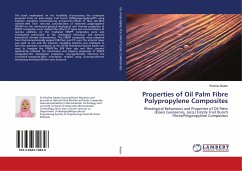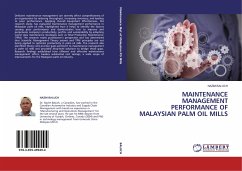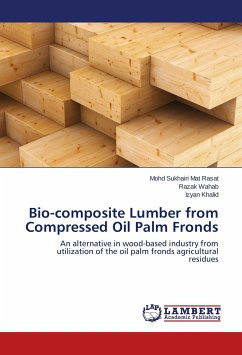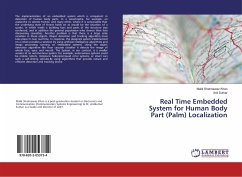This book explains the two stages phytoremediation technology for Palm Oil Mill Effluent (POME) especially in the tropical country such as Indonesia. Two stages phytoremediation consist of phytoremediation using aquatic plants such as water hyacinth or lotus as 1st stage, and phytoremediation using microalgae such as spirulina platensis as 2nd stage. Simultaneously, this technology can reduce Chemical Oxygen Demand (COD) levels in POME as well as producing biomass of microalgae that can be used as animal feed concentrate or fertilizer. Tropical country such as Indonesia and Malaysia have so many oil palm plantations, as well as their refining plants. POME contains high COD level that has the potential to pollute the environment. For that, treatment of POME is needed to maintain environmental sustainability. With this two stages phytoremediation technology, it is expected to reduce the environmental damage caused by POME discharges in rivers or canal around the palm oil processingplant. Also, the resulting microalgae biomass can be sold as a concentrate of animal feed and fertilizer thereby increasing the economic value of the material.
Bitte wählen Sie Ihr Anliegen aus.
Rechnungen
Retourenschein anfordern
Bestellstatus
Storno

